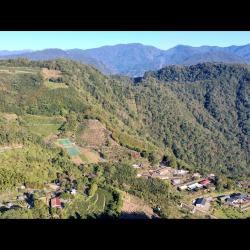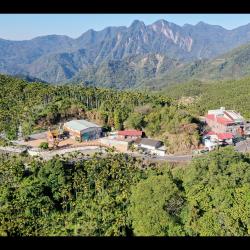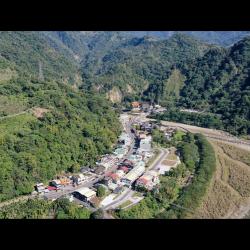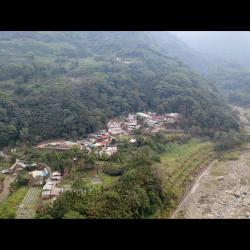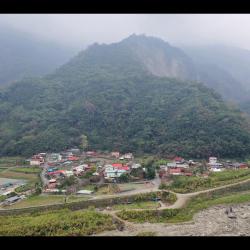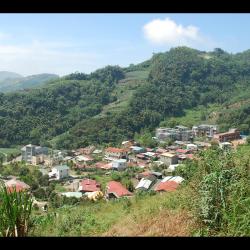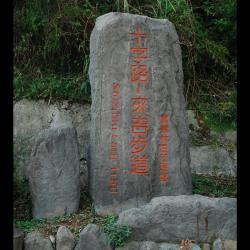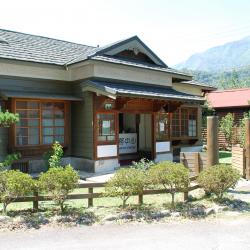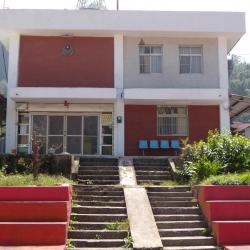The Tsatsaya Hamlet is located in Shanmei village, Alishan Township in Chiayi County. It is located below the junction of Alishan Highway and Shanmei Industrial Road. It was a small community of the bigger Dabang group of the Tsou tribe. The traditional name is Tsatsaya, but was called “Laitoushe” by the Han people at that time, because the hamlet is located near Laitou (Longmei) of Fanlu Township. Today, the hamlet is known by Zhizhiya, which is the transliterated name of Tsatsaya. In the early days of Japanese occupation, the Tsatsaya hamlet had six households with 52 people, and in the early post-war period, there were nine households with 48 people. Also, since they were located near the Alishan Forest Railway, they had earlier contacts with the outside world.
